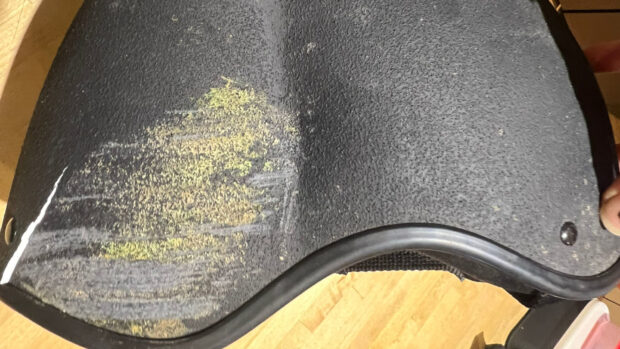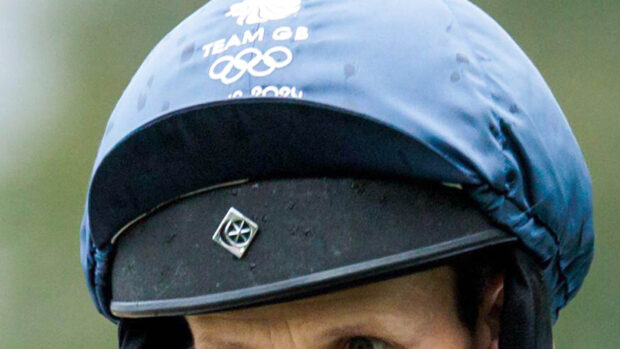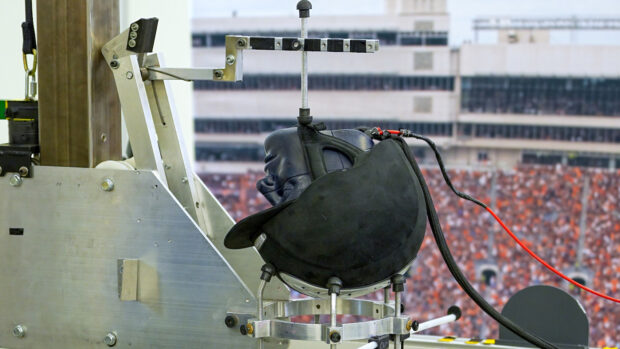The Masters of Foxhounds Association (MFHA) is reviewing whether hunt staff should be asked to wear hats with chinstraps.
Letters have been sent to selected hunt staff consulting them on their views as part of a wider look at headgear and the implications of wearing — or not wearing — chinstraps.
MFHA chairman Stephen Lambert told H&H: “The question of hats comes up periodically, masters have a responsibility to point out to staff the pluses and minuses of various types of headgear.
“We’ve been asked to look into the safety issues by a group of masters and we’re pleased to do that. But we want to get proper advice from all quarters — to enable us to make informed recommendations.”
As well as hunt staff, the MFHA has asked insurance companies and a leading hat manufacturer for their views.
In the letters sent out two weeks ago, hunt staff have been asked what they wear at present, whether they have suffered head injuries, whether their hat has stayed on in falls and how they feel about the prospect of masters insisting they wear a hat with a chinstrap.
The Duke of Beaufort’s kennel huntsman Tony Holdsworth feels people should be given the choice.
“I don’t feel comfortable wearing a chinstrap,” he said. “You can’t hear what’s going on, and it would be dangerous because we do a lot of our work in trees. I’ve seen someone hit by a branch who suffered severe whiplash because of it.”
Tony Wright of the Exmoor said he wouldn’t hesitate to wear a chinstrap if it became compulsory for insurance reasons, but would prefer not to wear one.
“I’ve been in hunt service for nearly 35 years and have never had anything that resembles a head injury,” he said. “My hat has never come off in all the times I’ve fallen.”
But he added: “I do think that older people like me, who have never worn chinstraps, will gradually be replaced by youngsters who have come up through the Pony Club wearing chinstraps without a second thought — and it will no longer be an issue.”
But Roderick Duncan, retiring this year after 19 seasons as huntsman of the Grove and Rufford, believes the MFHA should encourage people to wear chinstraps.
A fall on the road during his second season left him with a fractured skull and a blood clot on his brain.
“I made it through by the skin of my teeth, and since then I have chosen to wear a hat with a chinstrap,” he said. “My hat did stay on, but the fracture followed the base of the hat round my head where there was no padding.
“Knowing what my family went through while I was on a ventilator, I decided to wear a safer hat. It has never caused me any problems. I never got stuck on branches — it’s cobblers that chinstraps are dangerous in trees.”
He added that he thought “bravado and outdated tradition” stop people wearing chinstraps.
“It’s certainly not common sense,” he said. “Ours is the only part of the equestrian industry where hats are not compulsory. But I think the MFHA should encourage people to wear them rather than make it compulsory.”
Mr Lambert added: “If the jury is still out [following the research], we must continue to give people the choice — though we might find there are insurance complications.”
This news story was first published in Horse & Hound (1 May, ’08)



